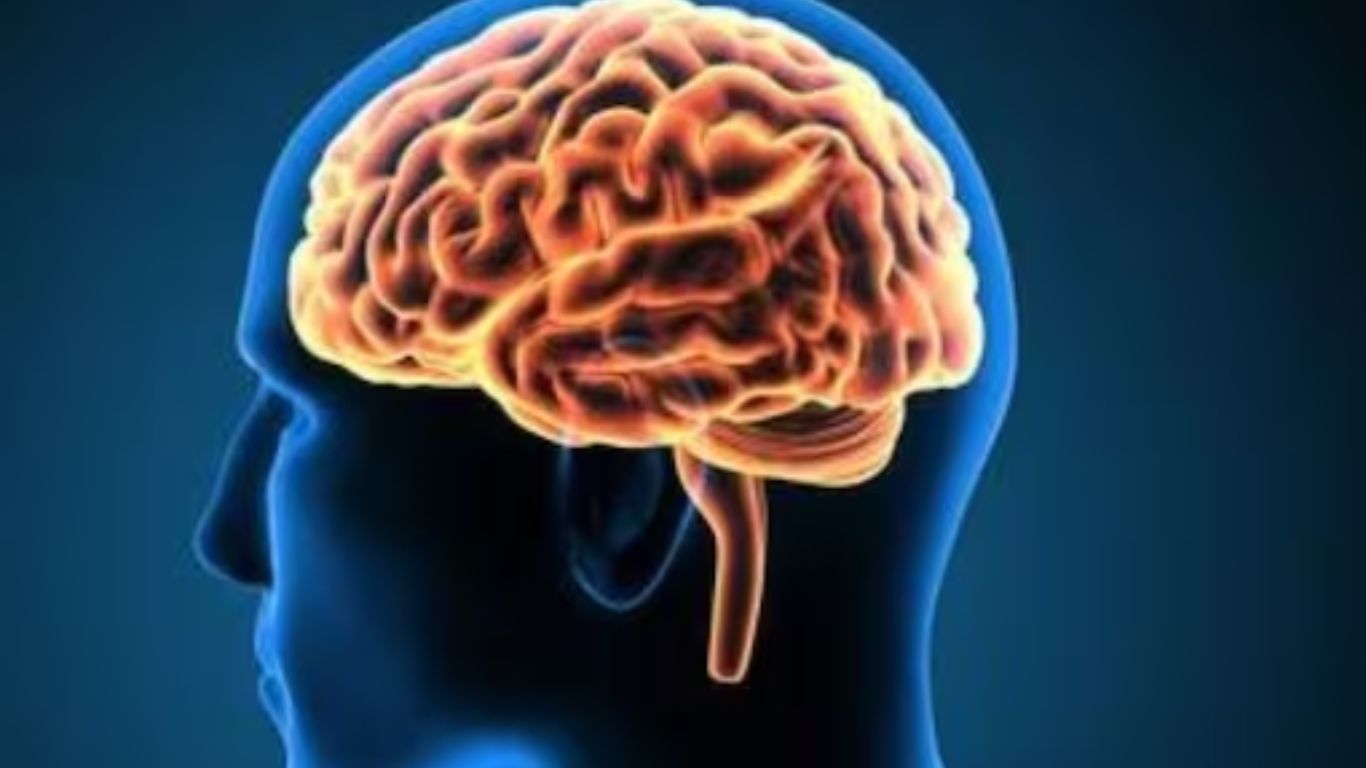Recent research titled Geometric Constraints on human brain function has challenged the prevailing belief that the connectome, the intricate web of nerves that link different areas of the cerebral cortex, is the primary driver of brain activity.
Led by David Van Essen, a neuroscientist from Washington University in St. Louis, Missouri, and co-authored by James Pang, a physicist at Monash University in Melbourne, Australia, the study contrasts two essential elements of the mind’s construction—the outer folds of the cerebral cortex and the connectome. Most higher-level mind exercise happens within the cerebral cortex, making it a focal point for understanding its operation.
The researchers discovered that the form of the outer floor of the cerebral cortex was a better predictor of brainwave data than the connectome. Pang defined that they used ideas from physics and engineering to discover how anatomy impacts mind operation, highlighting the interdisciplinary nature of this examination.
To delve deeper into the workings of the brain, the authors investigated how excited neurons talk and affect mind exercise. They sought to find out whether or not these excited neurons spread all through the mind’s floor or by distant interconnections. Drawing on the mathematical principle of waves, the crew uncovered that these waves can travel not solely in one path but in addition exhibit periodic oscillations, which was an intriguing finding.
The crew utilised diffusion magnetic resonance imaging (MRI) to gather data on mind anatomy, which served as a model for the connectome. Researchers calculated the modes of brainwave for both the cortical surface and the connectome.
Upon analysis, it was found that brainwave modes, including those through the processing of visible stimuli and within the resting mind, have been extra successfully explained by the surface geometry mannequin rather than the connectome model. However, Essen acknowledged the constraints of the diffusion MRI knowledge utilized by the crew, suggesting that the crew ought to have additionally examined mind exercises ensuing from easy stimuli that only activate particular areas of the cortex. Pang, then again, expressed curiosity in testing their models with such stimuli, considering the current analyses conducted by him and his co-authors as a preliminary demonstration.




